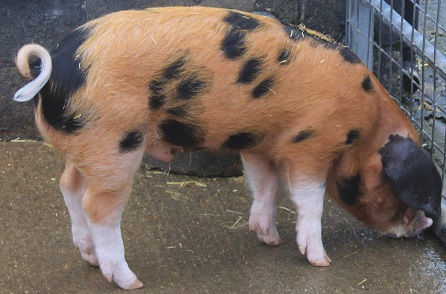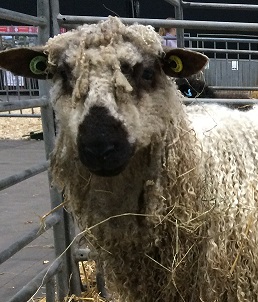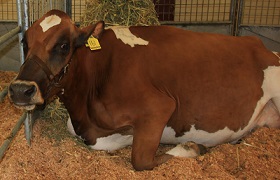Study Animal Husbandry and Best Practices with this Custom Learning Bundle
In this course, you'll learn about a variety of livestock, meat, dairy, eggs, and other agricultural production, and general animal health care and breeding. Start with core modules then add specialty electives to meet your unique needs.

Course Duration: 100 hours
Course Structure
This learning bundle is comprised of 5 core modules and 10 electives.
Core Modules
These modules provide foundation knowledge for the 1500 hour learning bundle in Animal Husbandry.
Elective Modules
In addition to the core modules, students study any 10 of the following modules.
Enrol Today
Ready to get started? Click on the orange enrol now button.
Have questions? Click here to email our course counsellors.
Explore Crops and Animal Options for Farming
One of the most important choices for any farmer is what to grow. The choice should never be taken lightly, and a good farmer should be aware of all of the options, and always open to make changes.
Conditions do change. Demand for some produce may increase at times and decline at other times; and new types of crops or animal breeds become popular while old ones sometimes wane in popularity.
If a farmer wants a sustainable farm, they need to be prepared to adjust to the times and changing opportunities.
Animal Management and Meat Production
Breeding, feeding and health are of relative importance in increasing the production of both wool and meat, with feeding having a far greater influence than either health or breeding.

Each animal at birth inherits a certain potential for production from both its parent. The percentage of this potential reached depends on how well it is so fed during its growing stages and later in its adult stage.
The producer has two ways in which he/she can increase production by selection of breeding stock. Firstly through the sires he purchases and secondly thorough the young female breeders coming into the breeding group. If he effectively culls these young females heavily on weight (body weight or fleece weight) he will increase the average production of the remainder. If he can also improve the standard of sires used by going a class above his usual purchases and mates these with the above average females then the progeny will inherit these improvements.
Feeding affects production in a number of ways:
- The growth and development of young stock and their subsequent producing capacity as adults: retarding the growth and development of young animals to reduces their ultimate producing ability as adults.
- The quality of product: nothing has a greater effect on the final product than the food they eat: not only does it affect their ultimate producing ability by retarding growth development but also the rate of growth and the quality of the meat or wool.
- The feeding value of pastures fluctuates throughout the year due to fluctuations in seasonal growth. These fluctuations cause similar changes in the live weight of the animals grazing the pasture.
- The stocking rate: by improving the feeding value of pastures not only is the amount of product/head increased but also the stocking rates can be increased. Most farmers prefer to lay safe and adjust the stocking rate to the feed available at the worst time of the year. This is sound policy in low rainfall areas but in the higher rainfall areas it results in an enormous waste of feed at certain times of the year.

Disease in contrast to health is a destructive force responsible for more loss of production than is realised. When deaths occur, the presence of a disease is obvious, or if they are affected by blight, fly strike or foot rot the signs are again obvious. Under these circumstances the correct diagnosis is of vital importance. If it is not corrected it will go on resulting in greatly reduced production. The cause of such trouble is usually parasite infestation but teeth abnormalities and soil deficiencies may also be responsible. Such diseases usually affect production by reducing appetite which in turn reduces production.